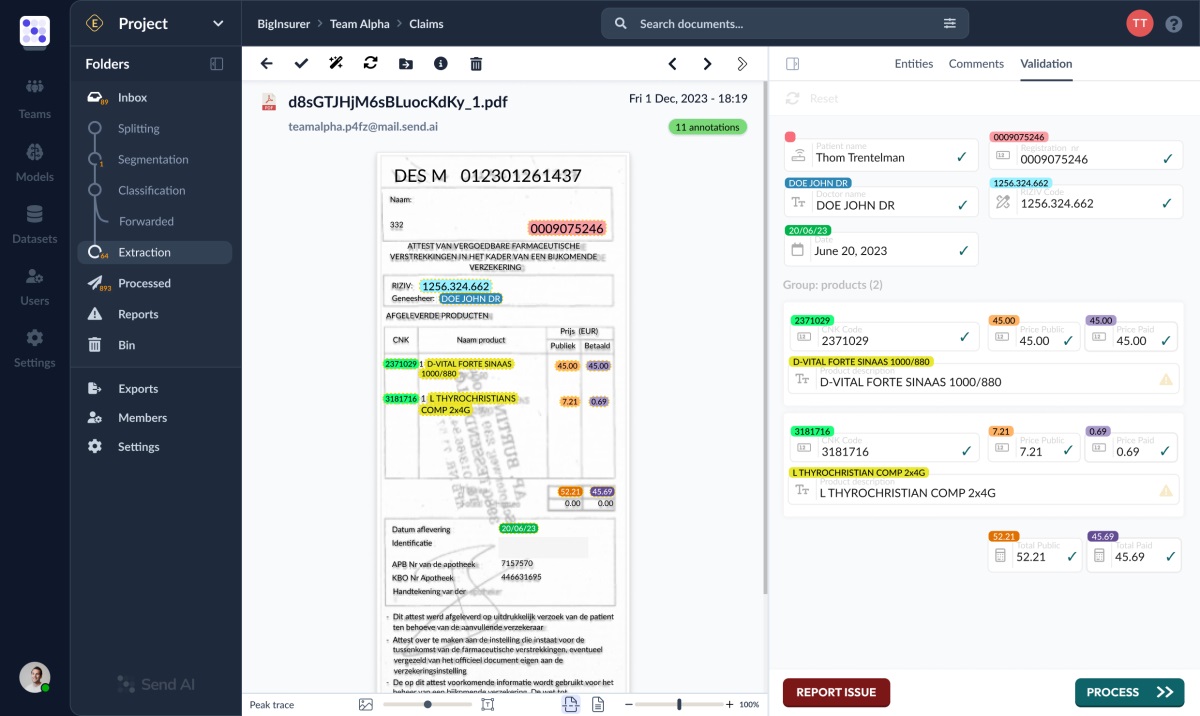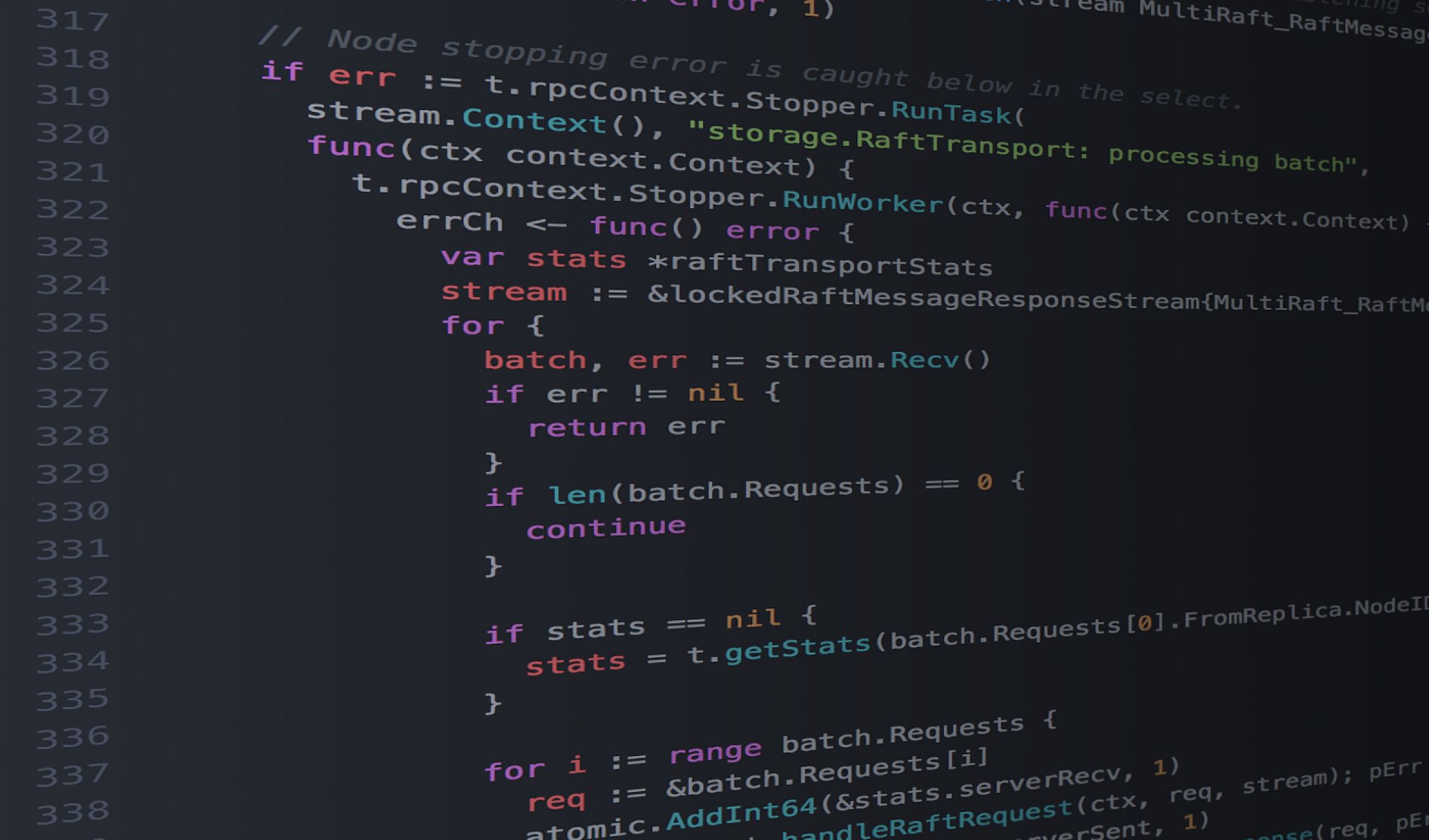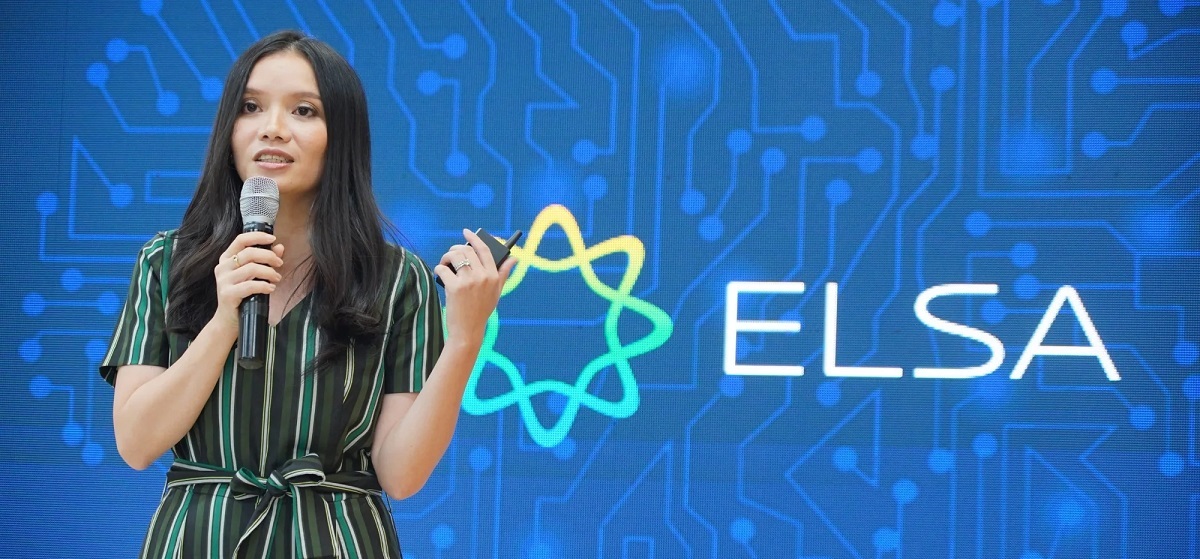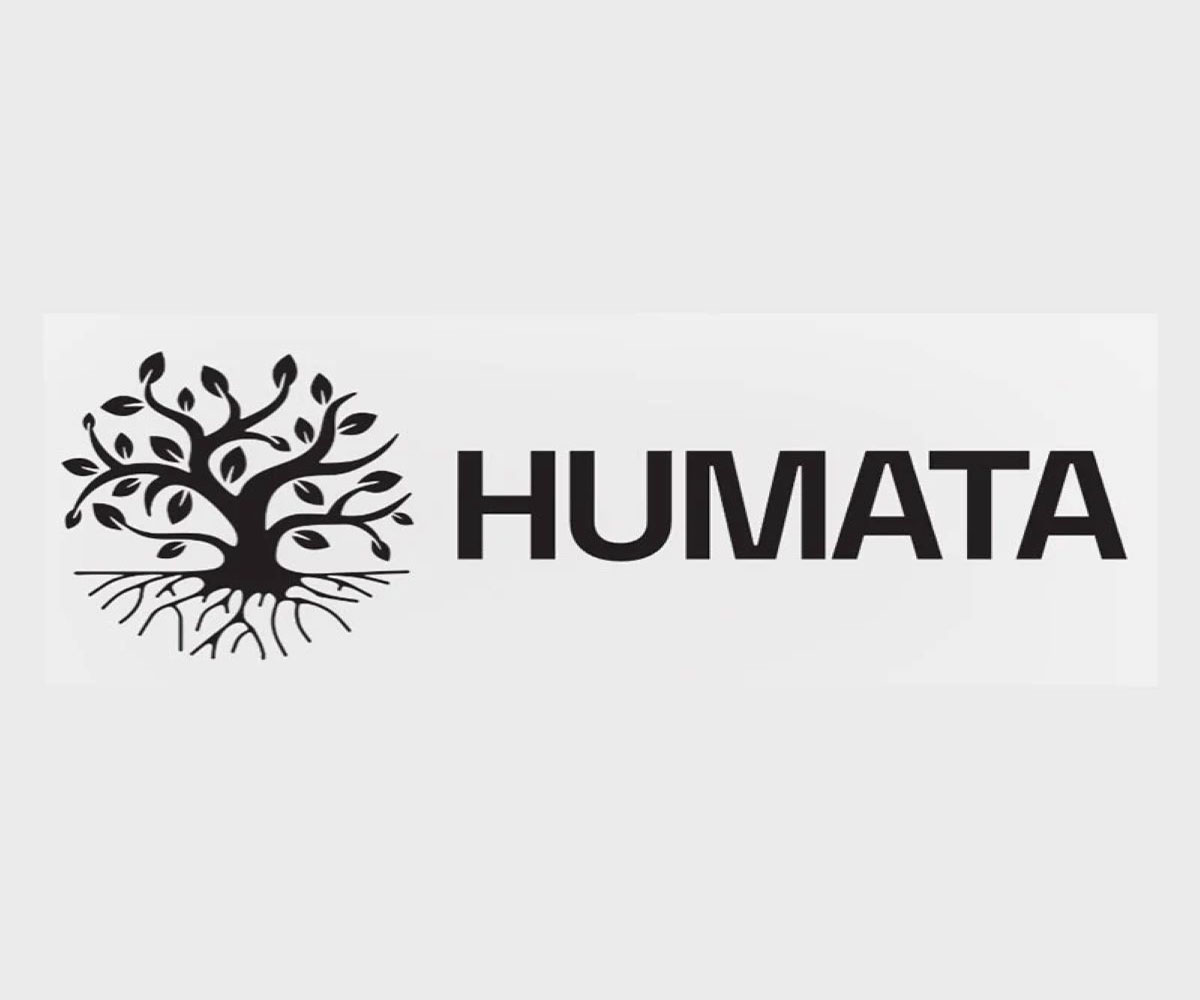A startup called Charm is on a mission to transform the command line interface (CLI) with a touch of glamour and modernity. Founded by Toby Padilla, a former engineer at Apple, Last.fm, and TweetDeck, along with Christian Rocha, formerly of Snap-acquisition Zenly, Charm aims to enhance the visual appearance of CLIs and introduce features like displaying text from documents and storing user profiles while adhering to an open-source approach.
Key Takeaway
Charm, a startup backed by Google’s Gradient Ventures, is revolutionizing the command line interface (CLI) by enhancing its appearance and adding features such as document display and user profile storage. They aim to bridge the gap between the power of CLIs and the usability of GUIs by developing the Bubble Tea framework and offering tools like Glow, VHS, Pop, and Mods. Charm’s enterprise plan is already being adopted by major companies, and with $6 million in funding, they plan to further improve the CLI experience.
After previously raising $4 million in funding from angel and seed rounds, Charm has now secured an additional $6 million in funding led by Google’s VC fund Gradient Ventures. The round also saw participation from investors such as Cavalry Ventures, Fuel Capital, Firestreak, as well as angel backers.
Why the Command Line Interface?
The command line interface (CLI) has long served as a powerful tool for developers to interact with operating systems using text-based commands. While graphical user interfaces (GUIs) have gained popularity, CLIs remain popular due to their flexibility, speed, and lower system resource consumption.
According to Toby Padilla, the co-founder of Charm, most developers use a combination of CLI and GUI tools. While GUIs are limited to specific use cases, CLIs allow developers to compose commands and solve complex problems. However, GUIs provide a better initial discoverability of functionality through visual icons.
Charm: Bridging the Gap
Charm aims to bridge the gap between the power and flexibility of CLIs and the usability of GUIs. They have developed the Bubble Tea framework, which brings some GUI goodness into terminal apps and introduces mouse control support. They have also created Glow, a markdown reader that allows developers to view documentation directly in the command line.
In addition, Charm offers other tools such as VHS for recording screencasts of command line apps, Pop for sending emails from the command line, and Mods, which serves as “AI for the command line” by supporting large language models from OpenAI and LocalAI.
Charm’s Business Model
Charm is working on an enterprise plan that is currently in private beta but is already being adopted by large businesses like Amazon’s AWS, Shopify, Nvidia, and GitHub. These companies are integrating Charm’s libraries into their first-party apps. With $6 million in funding, Charm plans to further improve the CLI experience and customize it for thousands of developers.
Revitalizing the CLI Landscape
Charm is not the only company aiming to revitalize the command line interface. Microsoft launched a new terminal in 2019 with support for emojis and Unicode, while Y Combinator alum Fig has been developing autocomplete functionality for the command line and was acquired by Amazon. It’s clear that efforts are being made from various angles to bring the CLI into the modern era.

























